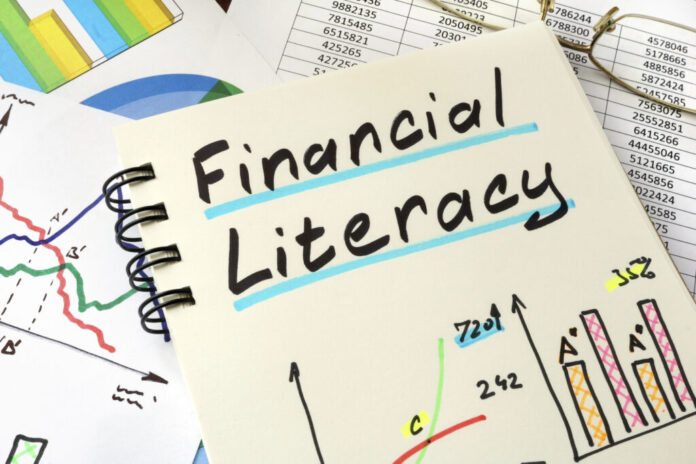“Throughout their lifetime, individuals today are more responsible for their personal finances than ever before. With life expectancies rising, pension and social welfare systems are being strained.
An essential indicator of people’s ability to make financial decisions is their level of financial literacy. The Organisation for Economic Co-operation and Development (OECD) aptly defines financial literacy as not only the knowledge and understanding of financial concepts and risks but also the skills, motivation, and confidence to apply such knowledge and understanding in order to make effective decisions across a range of financial contexts, to improve the financial well-being of individuals and society, and to enable participation in economic life. Thus, financial literacy refers to both knowledge and financial behavior, and this paper will analyze research on both topics.
As I describe in more detail below, findings around the world are sobering. Financial literacy is low even in advanced economies with well-developed financial markets. On average, about one third of the global population has familiarity with the basic concepts that underlie everyday financial decisions (Lusardi and Mitchell, 2011c). The average hides gaping vulnerabilities of certain population subgroups and even lower knowledge of specific financial topics. Furthermore, there is evidence of a lack of confidence, particularly among women, and this has implications for how people approach and make financial decisions. In the following sections, I describe how we measure financial literacy, the levels of literacy we find around the world, the implications of those findings for financial decision-making, and how we can improve financial literacy.”
Four principles informed the design of these questions, as described in detail by Lusardi and Mitchell (2014). The first is simplicity: the questions should measure knowledge of the building blocks fundamental to decision-making in an intertemporal setting. The second is relevance: the questions should relate to concepts pertinent to peoples’ day-to-day financial decisions over the life cycle; moreover, they must capture general rather than context-specific ideas. Third is brevity: the number of questions must be few enough to secure widespread adoption; and fourth is capacity to differentiate, meaning that questions should differentiate financial knowledge in such a way as to permit comparisons across people. Each of these principles is important in the context of face-to-face, telephone, and online surveys.
When asked what they would do, if given the chance to revisit their student loan borrowing decisions, about half of Millennials indicate that they would make a different decision.
To be effective, financial literacy initiatives need to be large and scalable. Schools, workplaces, and community platforms provide unique opportunities to deliver financial education to large and often diverse segments of the population. Furthermore, stark vulnerabilities across countries make it clear that specific subgroups, such as women and young people, are ideal targets for financial literacy programs. Given women’s awareness of their lack of financial knowledge, as indicated via their “do not know” responses to the Big Three questions, they are likely to be more receptive to financial education.
“
Analysis
The financial systems of the world are rapidly changing. There are so many financial pathways that it is becoming more and more arbitrary; people are assigning themselves systems to their finances when it is becoming nearly impossible to know all there is to know. Fintech can potentially be utilized to customize financial plans on a case-by-case basis. Another pattern brought up that I have also noticed within articles is the finding that increased mathematics education correlates with higher financial literacy as well as building confidence. There is an interesting point raised about women as well. Women are more willing to admit that they don’t know and thus are more receptive to learning. A lot of financial literacy is passed down through families so I wonder if working to close that literacy gap would positively affect knowledge getting passed on generationally.




